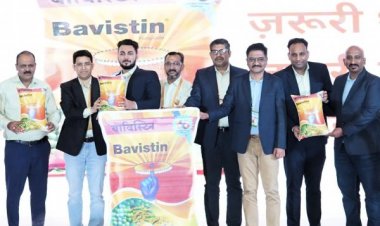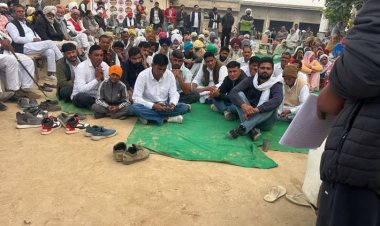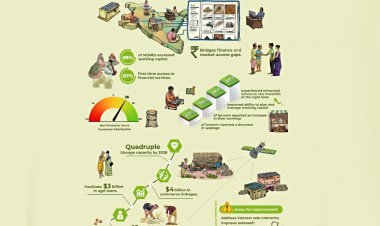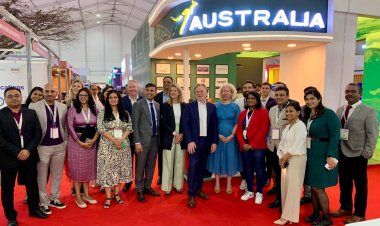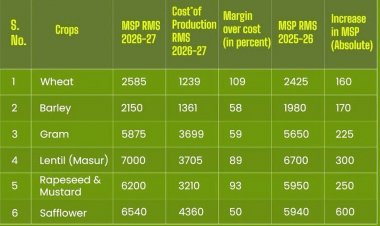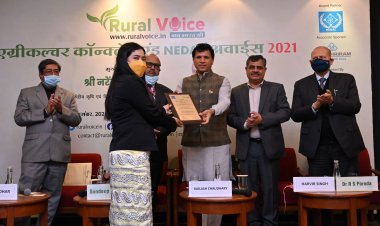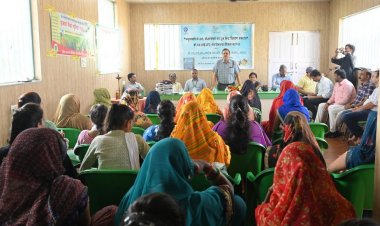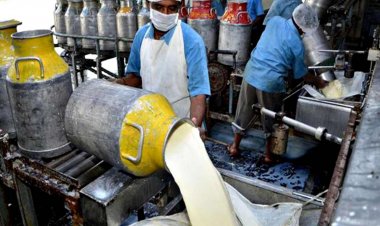IIT-Jodhpur designs catalysts for synthesis of alternative fuel Green Ammonia
Indian Institute of Technology-Jodhpur researcher Dr. Amitava Banerjee along with his team has identified promising single-atom catalysts for Nitrogen Reduction Reaction (NRR) required for the synthesis of “Green Ammonia”. At present, the conventional process of synthesizing green ammonia has an enormous carbon footprint, as it emits ~3% of global carbon dioxide and consumes ~2% of the world’s total energy production.

Indian Institute of Technology-Jodhpur researcher Dr. Amitava Banerjee along with his team has identified promising single-atom catalysts for Nitrogen Reduction Reaction (NRR) required for the synthesis of “Green Ammonia”. At present, the conventional process of synthesizing green ammonia has an enormous carbon footprint, as it emits ~3% of global carbon dioxide and consumes ~2% of the world’s total energy production.
The electrochemical synthesis route could be a vital choice for its synthesis, where Nitrogen Reduction Reaction (NRR) is one of the hardest reactions to carry out due to the strong N-N triple bond coupled with poor nitrogen adsorption on many catalysts and the presence of competitive hydrogen evolution reaction. So, the researchers focused on electrochemical NRR in order to synthesize “Green Ammonia”.
Currently, the team is focusing on the design of electrocatalysts for green ammonia and green urea production. Both will have less or negligible carbon footprint compared to existing conventional processes. Urea is a vital compound for societal development and the high presence of 46% nitrogen (by weight) makes it a major player in the fertilizer industry. Ammonia is also one of the key elements in the fertilizer industry as well as in paper, textile, and rubber industries. Moreover, it could be a potential carrier for hydrogen for easy transportation and storage of the fuel, which may speed up the hydrogen economy in our country by utilizing the existing ammonia pipelines.
Talking about the significance of the research, Dr. Banerjee, Assistant Professor, Department of Metallurgical & Materials Engineering, IIT-Jodhpur, said, “The recent surge in interest in the electrochemical synthesis of NH₃ has highlighted the inadequacy of Nitrogen Reduction Reaction (NRR) catalysts. So, our group’s primary objective is to computationally design the NRR catalysts and provide insight for the experimentally obtained NRR catalytic mechanism.
“Our research methodology includes an in-depth understanding of density functional theory-based tools in combination of high-throughput structural search and materials informatics. So that we can cover efficiently a vast composition space as well as corresponding materials structures. No doubt this atomistic design insight will reduce the experimental time as well as resource-expenditures for searching suitable NRR catalysts.”
Team also explored other possible materials chemistry options, one option is using metal nitrides, a natural choice to trigger NRR through a mechanism called the Mars–van Krevelen (MvK) mechanism. Another interesting option the team has explored is metal oxynitrides (represented as AxByOwNz). This is a less explored class of materials for NRR and has a lot of potential.
As an extension of the ongoing search for NRR catalysts, the group has also discovered in collaboration with a catalytic mechanism involving two different transition metals, in collaboration with Dr. Ghorai's group of Ramakrishna Mission Vidyamandir, Belur Math.
This mechanism efficiently activates the nitrogen-nitrogen (N-N) triple bond and promotes the formation of carbon-nitrogen (C-N) bonds, ultimately leading to the production of environmentally friendly urea. The future research target of the group is exploring the electrochemical synthesis of ammonia from various nitrogenous pollutants.
The lab at IIT-Jodhpur working on the designing of electrocatalysts for synthesis of “Green Ammonia” and led by Dr. Amitava Banerjee is currently being funded by Science and Engineering Research Board, SERB (DST)-SRG.



 Join the RuralVoice whatsapp group
Join the RuralVoice whatsapp group


















